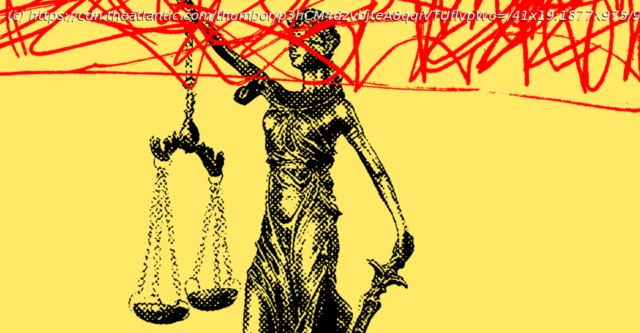But it’s almost never treated as such.
In 2002, the brutal beating of a junior by his classmate at Morehouse College, in Atlanta, made national headlines. The case marked Georgia’s prosecutorial debut of its hate-crime statute, on the grounds that the perpetrator,19-year-old Aaron Price, had accused 20-year-old Gregory Love of making a sexual advance toward him in a shower stall, and spouted homophobic rants as he retrieved the baseball bat he used to bludgeon Love. The hate-crime statute could have added five years to Price’s 10-year sentence for aggravated battery and assault. But the court’s decision not to convict on the additional criminal code came down to the defendant’s word against his victim’s: Price insisted that he feared for his safety and denied having used such slurs. The failure to convict Price on the hate-crime statute was criticized by many LGBTQ-rights advocates, and drew attention to how hate-crime laws work—in that many times they just don’t. After last week’s mass murder of eight Georgians, six of whom were Asian women, many people across the country are outraged that local and state officials appear hesitant about, if not opposed to, classifying the massacre by the alleged gunman, who is white, as a racist and misogynistic attack. The anger over the exculpatory statements by the law-enforcement spokesperson Captain Jay Baker, who quoted the suspect as saying he’d had “ a bad day,” is rightfully placed. But the public call for hate-crime prosecution would be better served by an understanding that such designations are often purely symbolic. Despite some conservative backlash to anti-hate protections for LGBTQ people, hate-crime bills historically have garnered enthusiastic bipartisan support. Yet the bills generally do nothing to improve conditions for victimized communities: In cases where they are applied, these laws lengthen sentences for offenses that are already penalized via extant criminal codes, instead of helping prosecute crimes for which perpetrators would otherwise go free. More injuriously, these laws perpetuate a public imagination about violent discrimination that flies in the face of how violent discrimination actually occurs. They do more to narrow the definitions of racism, xenophobia, transphobia, anti-Semitism, Islamophobia, sexism, homophobia, and ableism than they do to expand our legal apparatus and public understanding of what hate crimes are. Hate crimes are defined as intergroup offenses, typically violent, that are motivated by race, sex, sexual orientation, gender, national origin, religion, or disability. But motivation is a technical legal term that is almost impossible to prove unless an alleged perpetrator is affiliated with a known hate group, is witnessed using epithets during the act, or left physical evidence, such as spray-painted extremist insignia.






